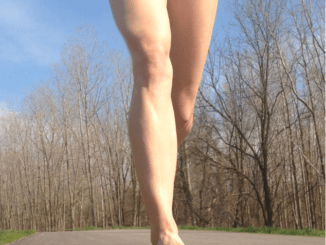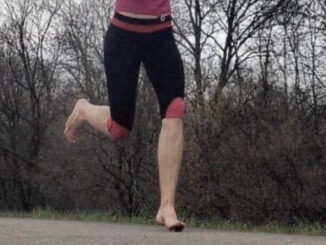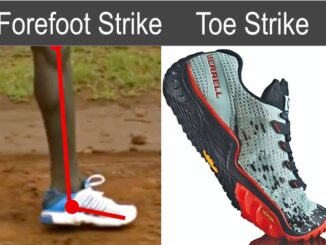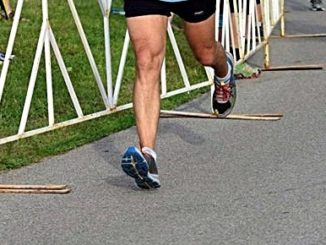Foot strike strongly influences shin injury in running whereby forefoot running has been proven to do a better job at reducing opposing forces on the shins while improving shin angle at landing as compared with heel strike running, which is shaping up to be the foot strike most damaging to the shins!
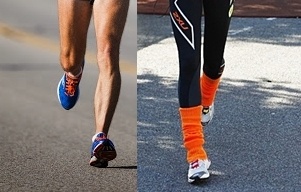
What Foot Strike Causes Shin Splints?
Because of the high injury rates, many injured heel strike runners are looking to forefoot running because consistent with the research, forefoot running naturally engages additional mechanical outputs that do a better job at sustainably reducing net forces not just on the shins, but also the knees, hips and lower back than heel strike running.

